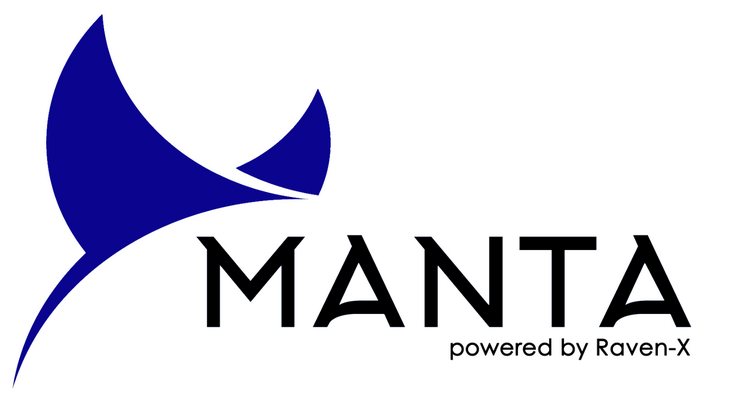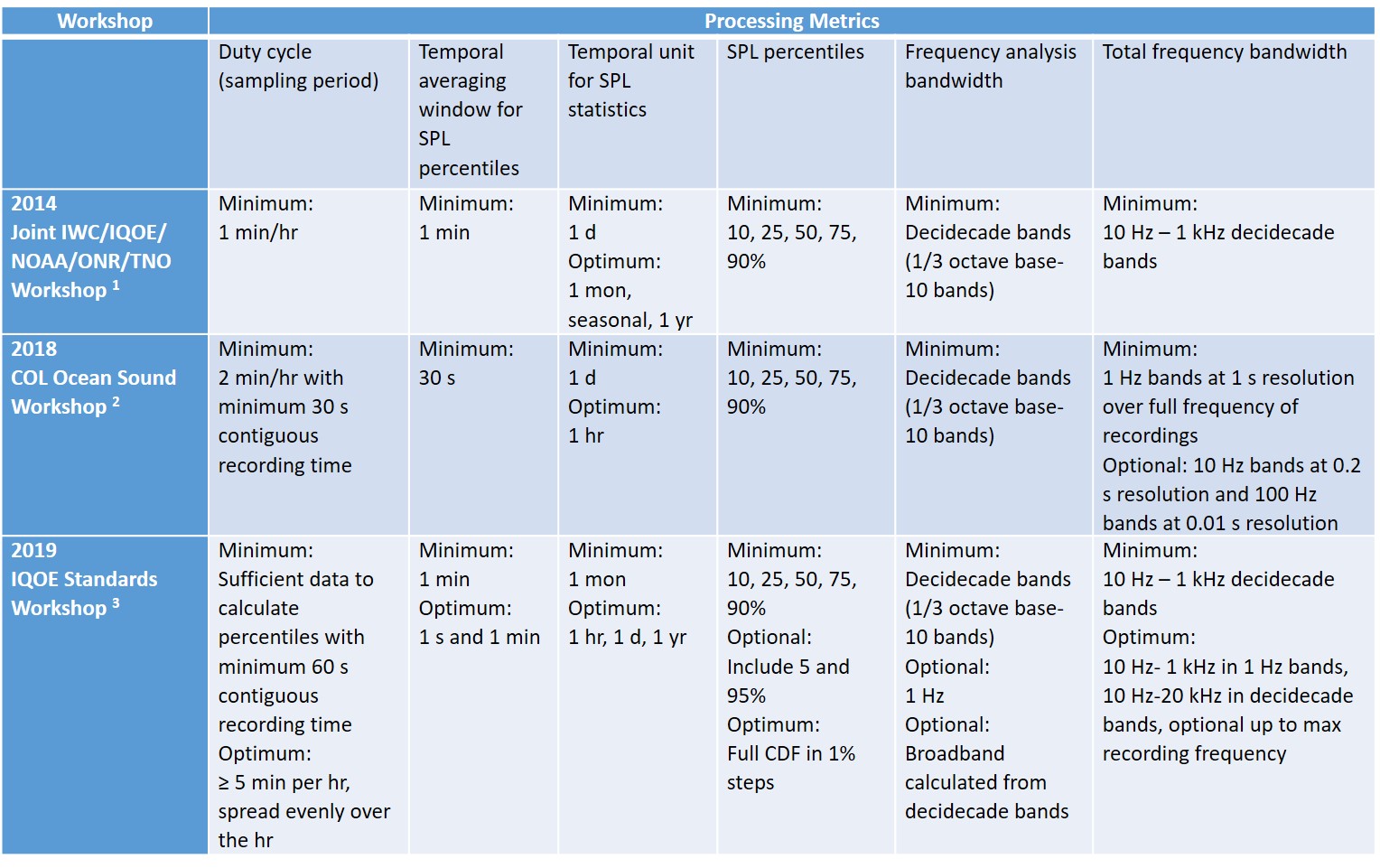Wiki
Clone wikiMANTA-WIKI / Home

Welcome
Soundscapes are inherently three-dimensional, time-dependent, and vary at many spatial and temporal scales. The value of ocean sound for understanding biology and ecosystems has been internationally recognized by the Global Ocean Observing System (GOOS) Biology and Ecosystems Panel as an Ocean Sound as an Essential Ocean Variable (Miksis-Olds et al., 2018) and by the convening body of the Deep Ocean Observing Strategy (DOOS, 2016, 2018). The importance and application of ocean soundscapes is illustrated by the effort of the International Organization for Standardization (ISO) in developing ISO Standard 18405 on Underwater Acoustics-Terminology to help ensure research measurements are repeatable and consistent across projects (International Organization for Standardization, 2017). ISO 18405 defines the underwater soundscape as a different quantity than terrestrial soundscapes for the first time. The proceedings of ocean sound measurements and modelling workshops convened over the past five years (Table 1) took the second step in addressing how to best analyze underwater acoustic data and report ocean sound levels to ensure accurate comparisons between studies utilizing different recording hardware, measurement protocols, and signal processing methods. Development of the MANTA (Making Ambient Noise Trends Accessible) software now provides a tool to the community for implementing the technical recommendations of the workshops to enable valid comparison between soundscapes and identification of ambient ocean sound trends required by ocean stakeholders.
MANTA is designed to enhance the value of individual datasets by providing a mechanism to create comparable data over time and space to ultimately assess ocean sound at a global level. MANTA was created by a working group of international experts representing academia, industry, and government:
- David Mann, Loggerhead Instruments, USA
- David Mellinger, Oregon State University/NOAA, USA
- Holger Klinck, Peter Dugan, Dimitri Ponirakis, Cornell University, USA
- Bruce Martin, JASCO Applied Sciences/Dalhousie University, Canada
- Jennifer Miksis-Olds, University of New Hampshire, USA
- Olaf Boebel, Alfred Wegener Institute, Germany
MANTA was created through generous support from the Richard Lounsbery Foundation.
Table 1. Recommendations from three international workshops focused on soundscapes and long term trends in ocean sound. The table content reflects minimum, optional, and optimum recommended sampling and processing parameters where workshop consensus was achieved recognizing that individual projects/programs would likely exceed the minimum recommendations. * All workshop consensus included recording and processing in UTC time and computing arithmetic averages (as opposed to averaging in dB).

1 https://cetsound.noaa.gov/Assets/cetsound/documents/Predicting%20Sound%20Fields%20Report_Final.pdf
2 https://oceanleadership.org/wp-content/uploads/2018/10/Ocean-Sound-Workshop-Report.pdf
3 https://scor-int.org/IQOE/IQOE_2019_Standards_Workshop_Report.pdf
MANTA Software Downloads and Descriptions
Updated